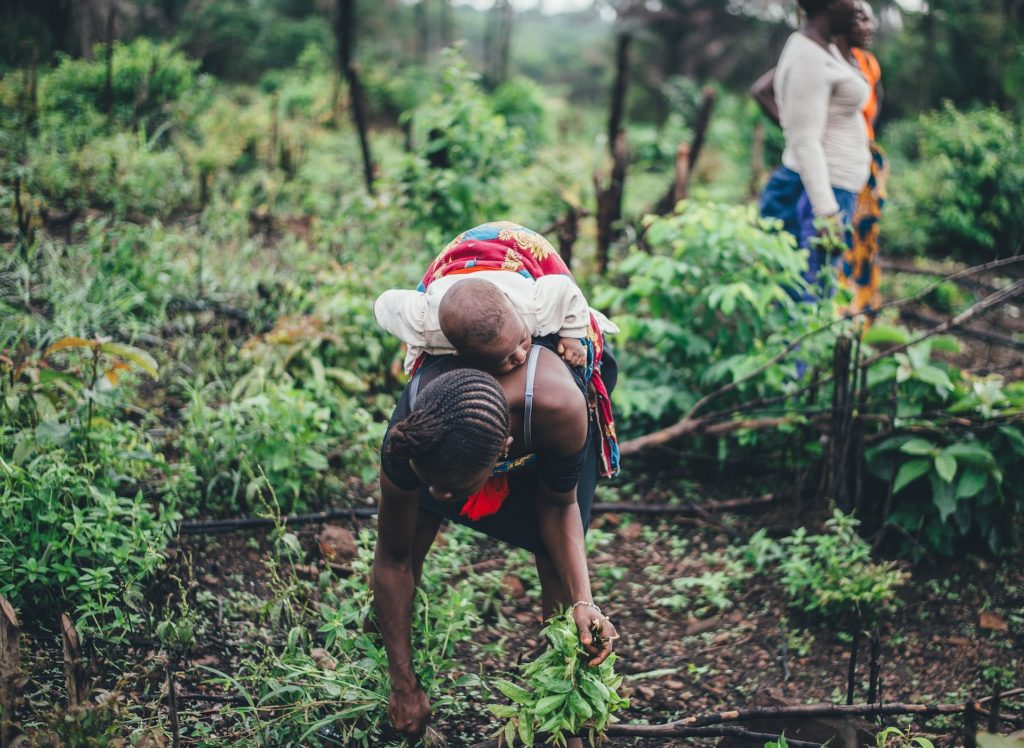Inspired by the East Asian miracle, which utilised smallholder agriculture as a conduit for economic growth and poverty reduction, many African governments have committed to contributing 10% of national GDP to agricultural development. These commitments, also encouraged by international actors, including the World Bank, practically take the form of input subsidies (primarily fertilisers and improved seeds).
The underlying assumption is that encouraging smallholder transition from subsistence to commercial production leads to structural economic change and general improvements in wellbeing. Uganda’s Operation Wealth Creation programme (2013), Malawi’s Affordable Inputs Programme (2020) and Ghana’s Planting for Food and Jobs Policy (2017) are a few examples of the smallholder targeted agricultural commercialisation policies that have become common across the African continent. However, the focus on smallholder production efficiency has encouraged blanket solutions evidenced by unitary subsidy packages that give little consideration to structural constraints around production and resource access faced, for example, by women.
How and why input subsidies contribute to widening gender differences in the food crop sector
A recent study of the case of Ghana’s forest transition zone showed how land tenure challenges faced by rural women reduce their capacity to commercialise their agricultural production. While many women have poor access to land, the current nature of food crop commercialisation, which is tied strongly to farmland expansion and the application of non-subsidized inputs, including pesticides and weedicides, further reduces their interest and capacity to cultivate. Women are socially discouraged from undertaking tasks related to farmland expansion as well as weedicide and pesticide application due to their arduous nature and the reproductive risks associated with the latter. Hence, much of women’s commercial production relies on the employment of male labour. Such reliance is also embedded in cultural norms and religious connotations around the belief that women are physically weaker than men. Women also hold these notions and further relate their commercialisation challenges to a double work burden of maintaining their own commercial food crop farms and supporting male production.
In other instances, both men and women consider feminine engagement in non-farm activities as essential for the survival of the household and insurance against the risk of crop loss. Women particularly noted their preference for quick turnover economic activities such as petty trading. Generally, men control more capital and can utilise their strength in arduous tasks thus reducing their cost of farming. This effect is the consolidation of male hold over communal land assets in systems where expansion into uncultivated areas and continued use of land is needed to defend land tenure rights. Thus, women continue to maintain small subsistence parcels, with many claiming subsidised fertilisers (up to the maximal 2 ha of inputs) for the benefit of the male-managed family farm rather than their own cultivation.
Tree crop commercialisation as a gender-neutral alternative?
In contrast, the gendered trajectories of food crop commercialisation do not materialise in the same way in the tree crop sector. The study revealed that tree crop commercialisation (in this case, cashew) presented opportunities for women to reclaim hitherto dormant land rights and engage in commercial production. The unique nature of cashew as a crop that neither requires consistent application of weedicides and pesticides nor requires daily attention explains this. Notably, the low time demands of commercial cashew production allow women to perform other economic activities such as petty trading and domestic tasks in support of their husbands and the entire household.
Unlike food crops, the net returns from cashew cultivation are not perceived as strongly tied to farmland expansion. Meanwhile, the tasks associated with managing the cashew farms are not tedious. Women viewed these tasks as comparable to those they perform on the subsistence farms they maintain to support the family’s dietary needs. With less tedious tasks, women are incentivized to engage in cashew cultivation, allowing them to lay claim to customary land.
Relatedly, the cultivation of long-maturity tree crops is customarily viewed as individual annexation of communal land. Though men dominate cashew cultivation, the risk of perpetual land loss to male kin encourages women to reassert their inherent rights in customary land. They do so by requesting land and maintaining their own cashew farms. Conversely, food crop cultivation does not present a risk of land loss since its annual or biannual cultivation provides a reasonable opportunity for (re)negotiating land access after the planting season.
Summary and way forward
Food crop commercialisation leads to different levels of participation between women and men and, thus, their control of communal land assets. For women, a reciprocal relationship between food crop production and land tenure is observed. Land tenure influences their production capacity, while production capacity also defines women’s land tenure rights. Meanwhile, the commercialisation of low-maintenance tree crops that also present risks of long-term annexation of communal land by men, significantly raises women’s interest and participation in commercialisation. The related demands for communal land by women to support cashew cultivation efforts significantly improves their land tenure rights.
Currently, many smallholder commercialisation policies are implemented as though the nature of men’s and women’s production capacities are similar. Practically, empowering women farmers requires more than providing a blanket set of inputs or maintaining a quota for female beneficiaries of agricultural inputs. Instead, women need support that aligns with their modes of cultivation and does not significantly alter the socio-cultural roles they play for the sustenance of their households.
This article was written by Selorm Kugbega, PhD, SEI/ Lund University
